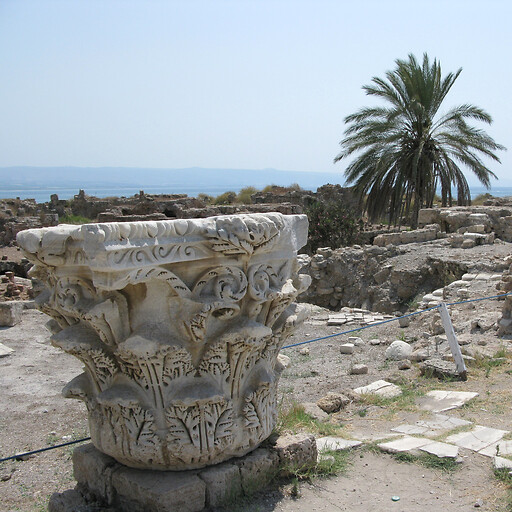Places in the Bible Today:
Phoenicia
Data
| Translated Names | Phenice, Phenicia, Phoenicia, Syrian Phoenicia, Syro-Phoenician, Syrophenician, Syrophoenician |
|---|---|
| Type | region |
| Geo Data |
KML (for Google Earth) GeoJSON (for GIS applications) |
1 Identification
- Phoenicia (ancient): very high confidence
Verses (4)
Linked Data Identifiers
| Source | Identifier |
|---|---|
| Biblemapper.com | 20020 |
| Logos Factbook | Phoenicia |
| OpenBible.info (2007) | Phoenicia |
| OpenBible.info | a33d53e (Phoenicia) |
| Pleiades | 678334 |
| TIPNR | Phoenicia@Act.11.19, Syria@Jdg.10.6 |
| UBS Names Database | nt ID_1204 |
| Wikidata | Q41642 |
Sources
- Atlas of the Biblical World (2019)
- Baker Book of Bible Charts, Maps, and Time Lines (2016)
- Baly, The Geography of the Bible (1974)
- Barnes, Historical Atlas of the Bible (2010)
- Biblica: The Bible Atlas (2007)
- CEB Bible Map Guide (2011)
- Discovery House Bible Atlas (2015)
- ESV Bible Atlas (2010)
- HarperCollins Atlas of Bible History (2008)
- HarperCollins Concise Atlas of the Bible (1991)
- Harvest Handbook of Bible Lands (2019)
- Holman Bible Atlas (1999)
- Holman Illustrated Guide to Bible Geography (2020)
- Hudson, Bible Atlas and Companion (2008)
- Kregel Bible Atlas (2003)
- National Geographic, The Biblical World (2007)
- New Bible Atlas (1985)
- New Moody Atlas of the Bible (2009)
- Oxford Bible Atlas, Fourth Edition (2007)
- Penguin Historical Atlas of the Bible Lands (2009)
- Sacred Bridge (2014)
- Schlegel, Satellite Bible Atlas (2016)
- Student Bible Atlas (2015)
- Westminster Historical Atlas to the Bible (1956)
- Zondervan Atlas of the Bible (2010)
Image

Credit: Vyacheslav Argenberg (modified)
About
This page identifies the current consensus around the modern location of this biblical place.
The isobands you see on the map (gray areas with dark borders) attempt to give you confidence where a region is. Because many ancient regions aren't precisely defined, I consulted atlases to determine where the biblical region is located and used that data to build the isobands. The smaller isobands reflect more confidence that the given isoband is in the region, while the larger isobands reflect less confidence. Isobands are a kind of contour line that here indicate confidence levels.
